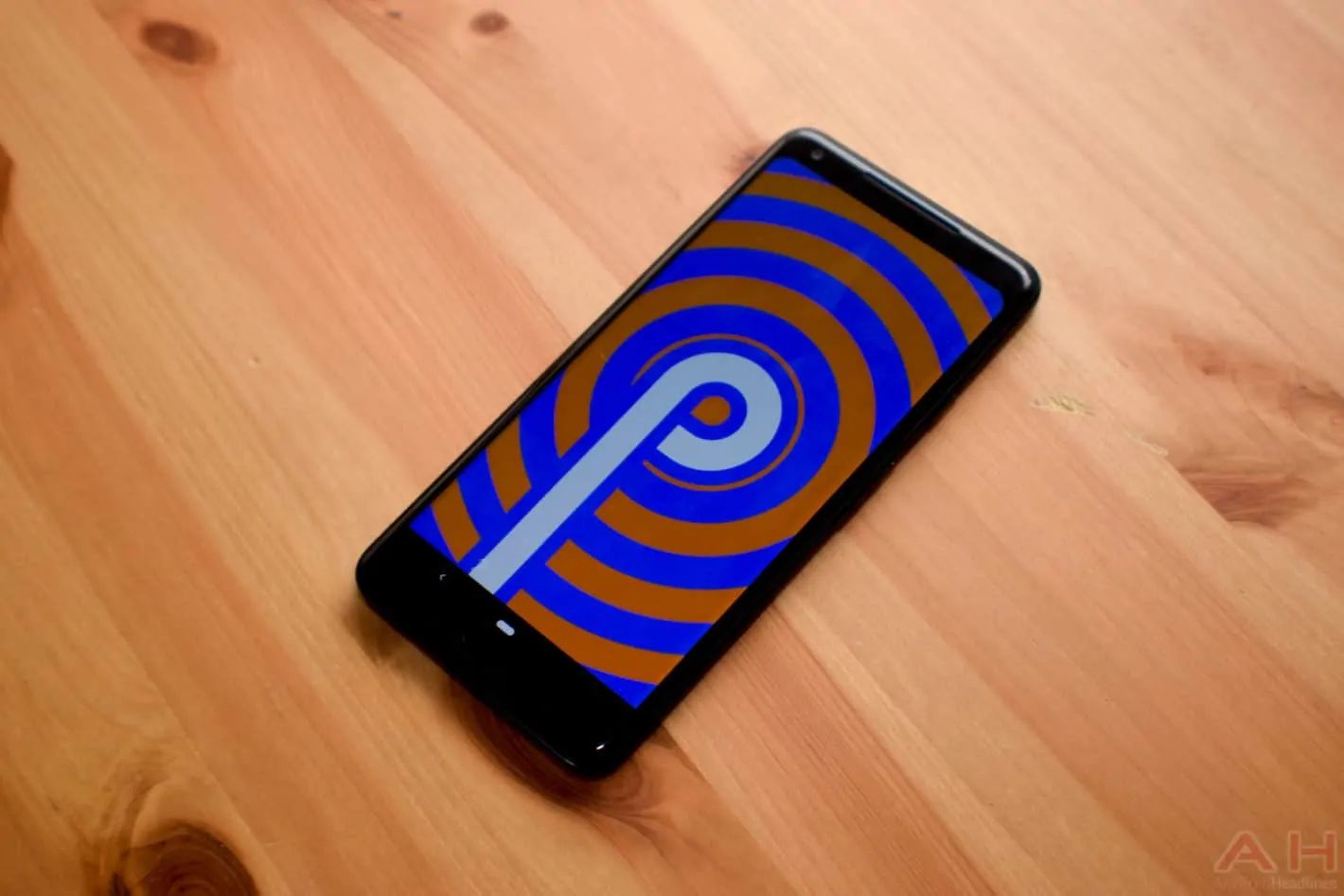Google has finally released the first stable version of Android P, in addition to giving it an official name and version number. The new edition of the world’s most popular OS is called Android 9 Pie, and there’s a lot to like about this new iteration of Android, but also plenty to dislike about it. We’ve hence broken down this release of Android, showcasing the good, the bad, and the ugly side of Android 9 Pie.
The Good
Adaptive Battery is likely going to be one of the more popular features in Android 9 Pie, and that’s because everyone wants their smartphone’s battery to last longer. Thankfully, with Adaptive Battery, that should be possible here. Adaptive Battery uses machine learning and artificial intelligence to help make the battery inside your smartphone last longer. This is done by giving less juice to apps that you use infrequently. So if you have an app that you only use once a month or even less, there’s no real need to give it a ton of juice on a daily basis, and it can really help your phone to last even longer.
App Actions are also going to be extremely useful for those that use their phones to do just about everything. This is because the feature learns from your usage, and will show different actions for you to do at certain times. It makes it easier to do different tasks that you do every single day, at about the same time. For instance, if you usually check Google News when you wake up in the morning, an App Action will appear for you to open up Google News to the list of stories that were curated for you. Making it easier to get your dose of news in the morning. There are many other App Actions available as well, which you’ll find out the more you use Android 9 Pie.
Google has also made multitasking a bit easier and faster. But that’s not the whole story in Android P, there is also the new and improved Quick Text Selection available. So in the multitasking screen, you can select some text and copy it, then paste it into another app. This is very useful when searching for an address, or copying a phone number, or even Google-ing something. It’s also easier than ever to jump between apps in the Recents menu, as well as opening the menu itself.
The Bad
The many design changes are likely going to bring up plenty of complaints from users when Android 9 Pie does finally roll out to everyone. This isn’t because the design changes are bad, but many dislike any changes at all. But one of the issues with the new design is the fact that Google moved the Settings button in the notification shade. It placed it at the bottom, meaning you can’t just bring down the notification shade and hit the Settings icon to jump into the settings. Instead, you need to swipe down and open the Quick Settings panel, then tap on the Settings icon. Essentially adding in another step to the whole process. And if that’s the way you jump into settings several times throughout the day, that can add a bit of time to your Android smartphone usage, and there will be a learning curve involved as well.
Google’s gesture-based controls that debuted in Android 9 Pie aren’t that great. For one, the gestures are exactly the same as the iPhone X gestures that Apple introduced last year. But on top of that, the gestures don’t give you more screen real estate, as you still have buttons and icons at the bottom of your phone, including a back button. And if you’re a heavy Android user, the gestures aren’t going to make it quicker to navigate through your smartphone. If anything, they’re going to make it slower. The gesture-based controls just seem to be a bit half-baked and need to sit in the oven a bit more. Maybe with Android 10 we’ll have better gesture-based controls for stock Android.
The Ugly
The ugly part of Android 9 Pie is the fact that the redesigns found here won’t ever be seen by most Android users. And this is due to the smartphone manufacturers using their own skins on their smartphones, instead of using AOSP and adding some features on top of it, like Motorola does. Additionally, many of these functionalities won’t make it into other smartphones running on Android 9 Pie, and that’s due to the fact that these skins do have a number of these features already, or smartphone makers believe they have better alternatives to things like Adaptive Battery and Adaptive Brightness.
Secondly, it’s going to be months before a good chunk of Android users even see Android 9 Pie. This is something that happens with every version of Android, and it likely won’t be changing anytime soon. So, Android 9 Pie will be rolling out to Pixels and Android One devices first, while newer smartphones like the LG G7 ThinQ or the Samsung Galaxy S9 won’t be seeing this update for many months, if not longer. As of just a few weeks ago, Android Oreo only hit around 12.1-percent of all active Android devices (10.1-percent on Android 8.0 and 2-percent on Android 8.1), which is still a very small portion of Android devices out there, and that’s after Oreo has been available for almost a year. So if you don’t have a Pixel or an Android One smartphone, you likely won’t be seeing this version of Android until next year.
Conclusion
Android 9 Pie might not be the best version of Android ever, but it does include a good number of features here that are going to make your phone even better. Sure, many Android users won’t even see the update for many months from now – though that happens with every release – but those that do have a Pixel or Android One smartphone will get the update shortly and probably love many of the features that Google has been working hard on for the past year or so. As is the case with any update, there are some changes that many people probably aren’t going to like. Including the new gesture-based navigation mechanisms and the seemingly needless repositioning of the settings shortcut. But there’s much more to love here than not.




